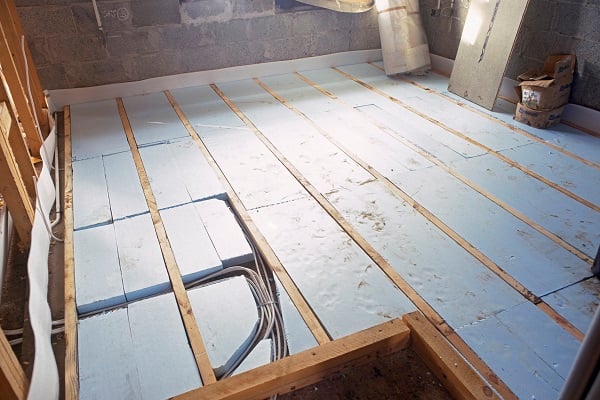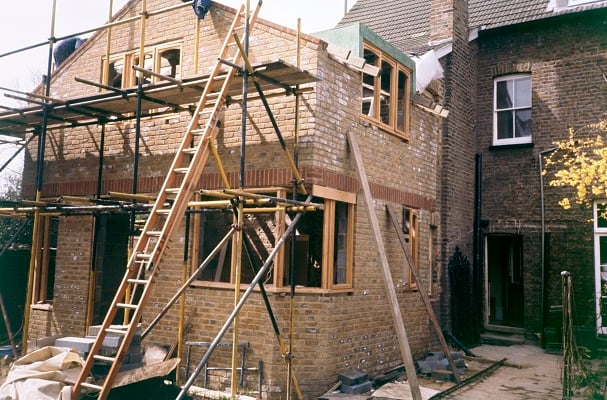What do you know about scaffolding in construction? What different types of scaffolding do you know and their uses? Scaffolding is all about the temporary and rigid structure used as a platform for workers to execute their construction works while supporting the main structure.
This impermanent structure helps construction workers perform their duties at different heights. A scaffold can also aid lift materials for immediate uses at the different heights a worker can reach. Regardless of the building’s size under construction or maintenance, scaffolds are essential for the entire project.
Besides support, different types of scaffoldings can be used to ensure safety, which helps speed up constructing different structures. Scaffolds provide workers with position advantage as they perform their construction duties on varying heights. Workers can execute their tasks directly in front of the section of the building they are working on.
Know the different types of scaffolding
If you would like to utilize scaffolding London, here are the major types of scaffolds to use and fruitfully execute your duties. They include:
1. Trestle scaffolding/Mobile scaffolding
This kind of scaffolding is excellent for indoor works such as room cleaning, wall and ceiling repairs, and painting. Workers can go as high as 5 meters and perform their duties stress-free. Movable ladders or tripods support the working platform.
2. Patented scaffolding
This type of scaffolding is made from steel, and the scaffolds are readymade and come fitted with unique frames and couplings. They are ready to use after purchase as long as they are set on the brackets that can be adjusted to different heights or levels.
3. Steel scaffolding
The steel scaffolding is made from steel, one of the durable materials in the construction industry. In these scaffolds, steel tubes and joined together by fittings or couplers also made of steel. The durable, robust, and superior steel scaffoldings characteristics add confidence to users as they are easy to work on.
It’s easy to dismantle and erect steel scaffoldings. The higher safety standards set by these scaffoldings influence their high cost in the market. But they are a worthwhile investment. They are great for the outdoor construction of huge structures.
4. Suspended scaffolding
Suspended scaffolding is excellent for repair works and paintings. The working platform is usually suspended down on the side of the building using ropes and chains. It’s easy to move your scaffold up and down to a desired height or level.
5. Single frame scaffolding
Single frame scaffolding or cantilever scaffolding provides standards (vertical poles that carry the weight) supported by a chain of needles that can be easily pulled out via the holes made in the wall. A lot of caution should be taken when erecting cantilever scaffolding as these openings have to be made precisely to support the entire scaffolding. Single scaffolding can be used on the upper part of the wall under construction, on a ground close to the wall, and on a ground that cannot hold supporting standards.
6. Putlog scaffolding
This scaffolding is widely used in brick masonry projects. Also known as bricklayers scaffold, this type of scaffolding is made up of standards that are fixed securely to the ground and roughly two metres apart.
Use the right type of scaffolding
When undertaking a construction project, feel free to choose the best type of scaffolding London that perfectly fits your needs and requirements. Go for a type that provides maximum safety, easy access, and sturdy enough to use on different levels.






Leave a Comment